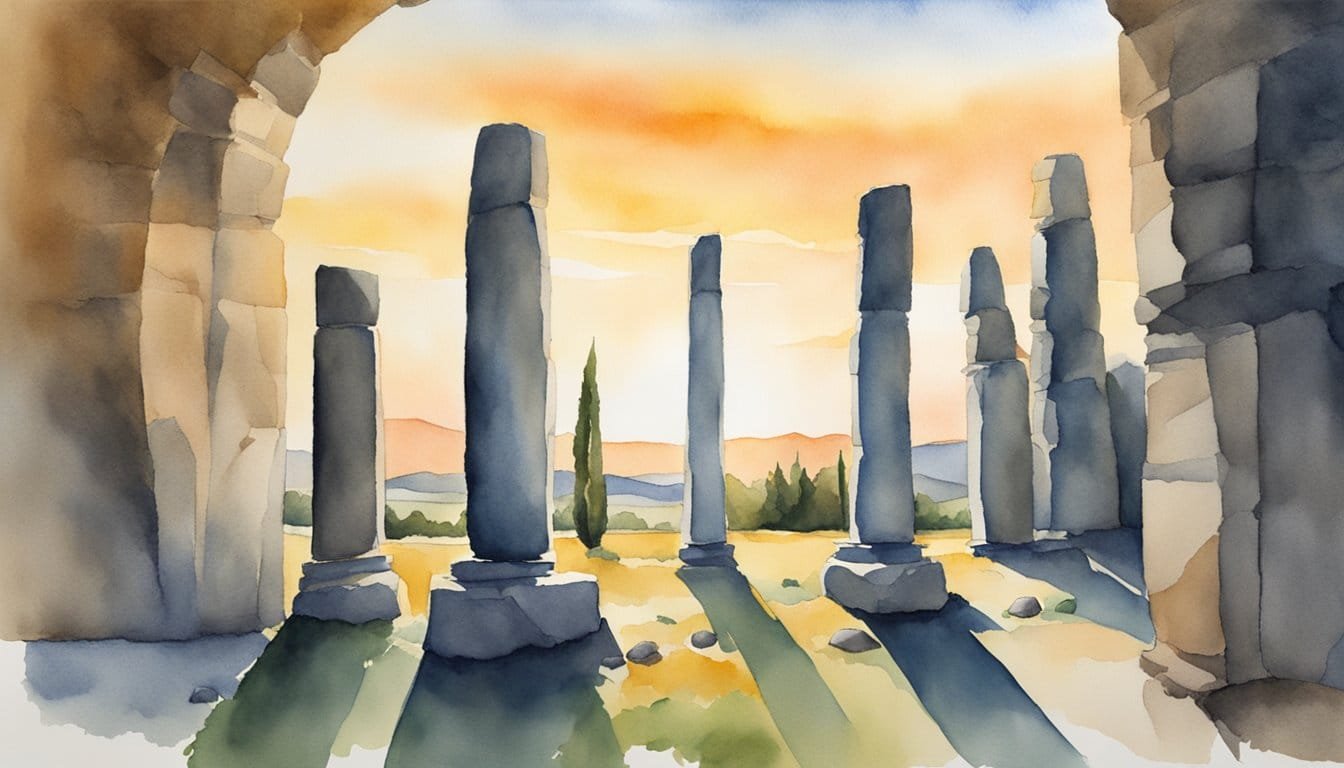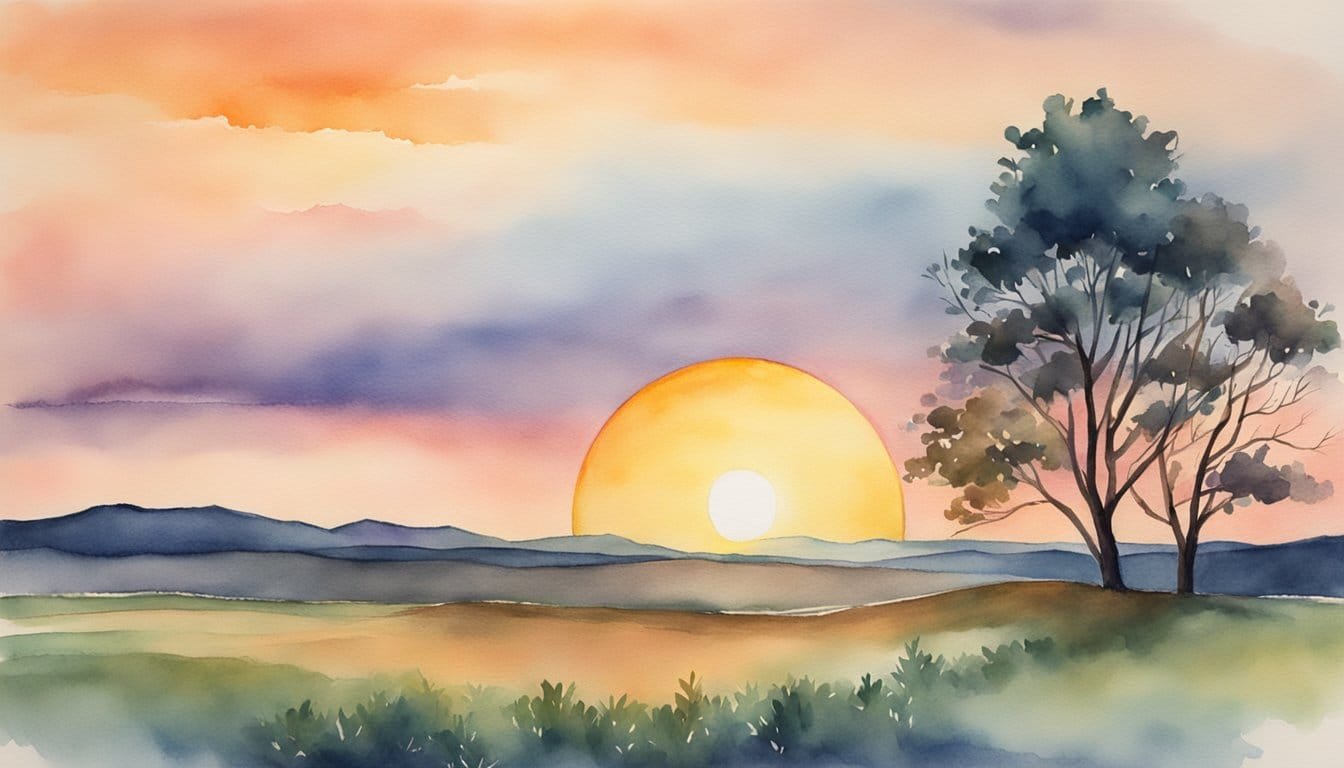Understanding Equinoxes
Equinoxes are fascinating astronomical events where day and night are approximately equal in duration. They mark key transition points in the Earth’s journey around the Sun and have significant implications for seasons and culture.
What Is an Equinox?
An equinox occurs twice a year, when the plane of Earth’s equator passes directly through the center of the Sun. This alignment means that day and night are of almost equal length across the planet. There are two equinoxes — the vernal (spring) equinox and the autumnal (fall) equinox. During an equinox, the Earth’s tilt is neutral in relation to the Sun, meaning that the northern and southern hemispheres receive the sun’s rays equally.
Vernal and Autumnal Equinoxes
The Vernal Equinox, occurring around March 20 or 21, heralds the beginning of spring in the Northern Hemisphere. It’s when the length of day begins to overtake the length of night. As Earth continues its orbit, the angle of its tilt means that the Northern Hemisphere gradually receives more direct sunlight. On the other side of the year is the Autumnal Equinox, around September 22 or 23, marking the commencement of fall. Here, the night starts to outpace the duration of daylight, ushering in longer periods of darkness and cooler temperatures.
It’s quite the cosmic dance: sun, Earth, light, and darkness all playing their parts to create the rhythmic change of seasons. Equinoxes are not just intriguing celestial phenomena; they’re also pivotal to the Earth’s cycles and an enduring source of human fascination, marking significant changes in the environment and influencing numerous cultural practices around the world.
Equinoxes Around the World

Equinoxes are not just astronomical events; they hold deep cultural significance and are crucial to various global calendar systems. Throughout the world, the arrival of the equinoxes marks important celebrations and signals shifts in the seasons.
Cultural Significance
Equinoxes serve as a symbol of balance and harmony in nature, with day and night being equal in length. Many cultures have festivities linked to these points of the year. For instance, the beginning of spring is celebrated as Nowruz in countries such as Iran, which marks the arrival of the spring equinox on around March 21. This time is symbolic of rebirth and renewal across many cultures. Meanwhile, the fall equinox, often around September 23, is also pivotal in various celebrations, marking the transition from the warmth of summer to the cooler days of autumn.
Calendar Systems and the Equinox
Calendar systems worldwide revolve around astronomical events, with the equinoxes playing a significant role. The Christian celebration of Easter falls on the first Sunday after the full moon that follows the spring equinox, illustrating the interplay between calendar dates and celestial occurrences. Calendar years are often structured to align with the equinoxes to ensure that the months correspond with the seasons—integral for agriculture and societal planning.
Equinoxes are intricately woven into the fabric of how people understand time, nature, and life’s rhythms. They reflect the universal constants and continuous cycles that every culture observes and celebrates in its own unique way.
Astronomical Perspectives

In the vast theatre of the cosmos, Earth’s dance with the sun brings about celestial events that mark our seasons and calendar.
Celestial Events
The celestial sphere is an imaginary dome where all the stars lie, with Earth at the center. The sun seems to move across this sphere along a path called the ecliptic. Due to Earth’s tilt and its orbit around the sun, we witness significant celestial events—affecting seasons, daylight, and even the calendar.
Equinoxes and Solstices
Twice a year, Earth experiences the equinoxes—once during the spring equinox in March and again at the autumn equinox in September, when day and night are almost equal in length. This occurs because the sun crosses the celestial equator, shining directly over the equator.
The solstices—that punctuate the start of summer in June and the beginning of winter in December—are opposites, where daylight is at its maximum or minimum. The June solstice marks the longest day in the Northern Hemisphere and the shortest in the Southern Hemisphere, with the opposite occurring in December. The solstice days vary slightly due to the slowly changing orientation in Earth’s rotation axis known as the precession of the equinoxes.
Every equinox and solstice is like Earth’s cosmic clockwork, reminding us of our planet’s intricate place in the universe and its never-ending journey around the sun.

